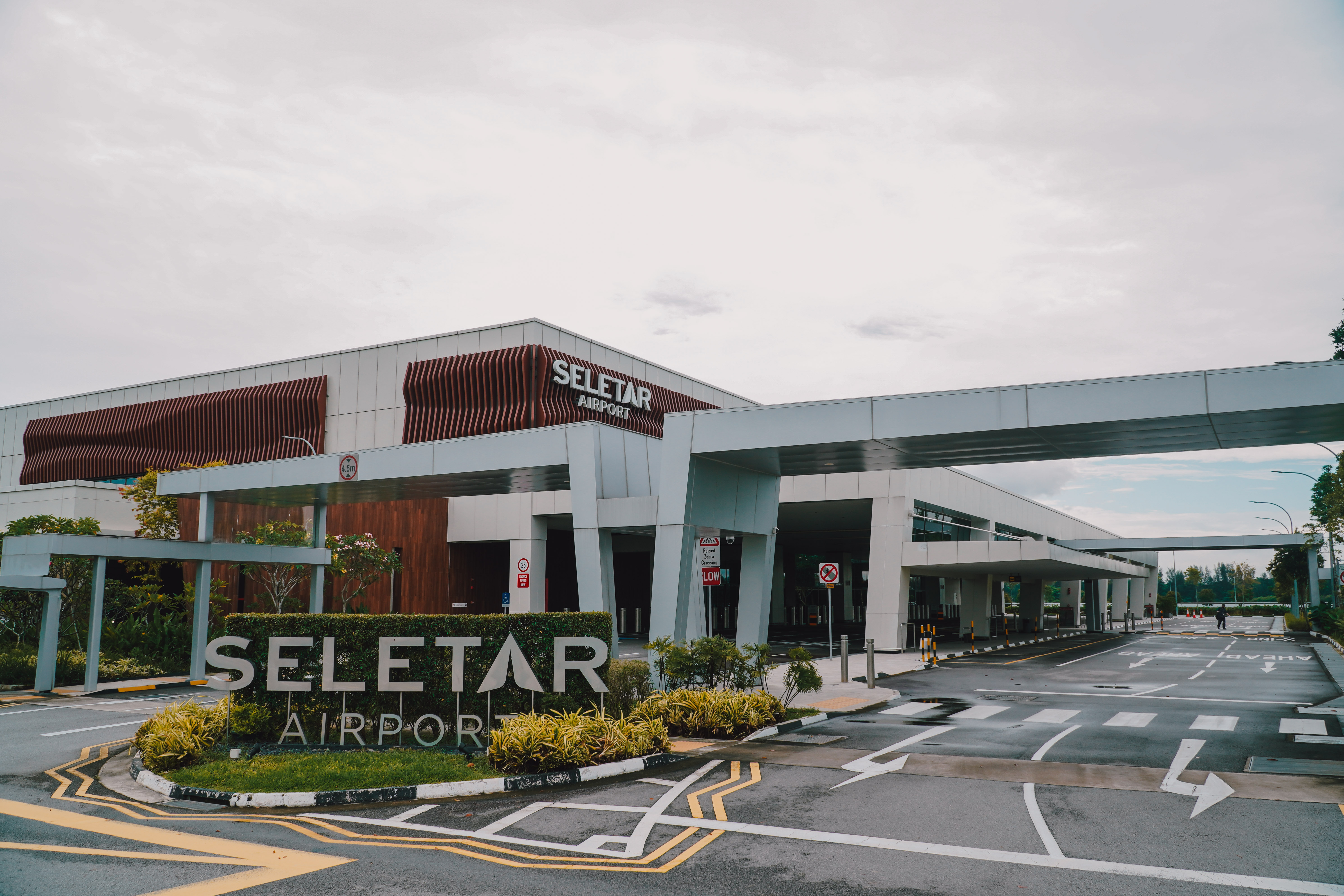


Every September, as Singapore gears up to host its annual F1 night race, Seletar Airport (IATA code – XSP) sees an increase in flight activity as high-net-worth race attendees from the region and beyond jet in on their private aircraft. Most private aircraft that land in Singapore do so at Seletar, the smaller of the country’s two civilian airports. However, this doesn’t mean Seletar Airport only handles this type of aircraft. Changi Journeys takes a trip out for a closer look at the many different types of flights that operate at Seletar Airport.
Private and chartered flights



As private aircraft do not ply regularly scheduled routes, Seletar Airport needs to be flexible in accommodating their flight movements.
Unlike commercial flights, such as the ones we are used to taking out of Changi Airport, private and chartered flights do not operate regular routes or on fixed time slots. Instead, they fly according to the needs of their owners/operators. Private flights are typically organised by individuals or businesses on aircraft they own directly, while chartered flights are operated by companies for clients who have a specific travel need.



The Seletar Business Aviation Centre offers a luxurious lounge for passengers to rest in before their departure.
Photo Credit: Seletar Business Avation Centre
A key advantage that Seletar offers for passengers on private and business jets is the Seletar Business Aviation Centre, which provides exclusive services like a private drop-off area, a lounge, and dedicated immigration clearance and security screening. This allows passengers to board their planes (or disembark) quickly and discreetly.
Commercial flights
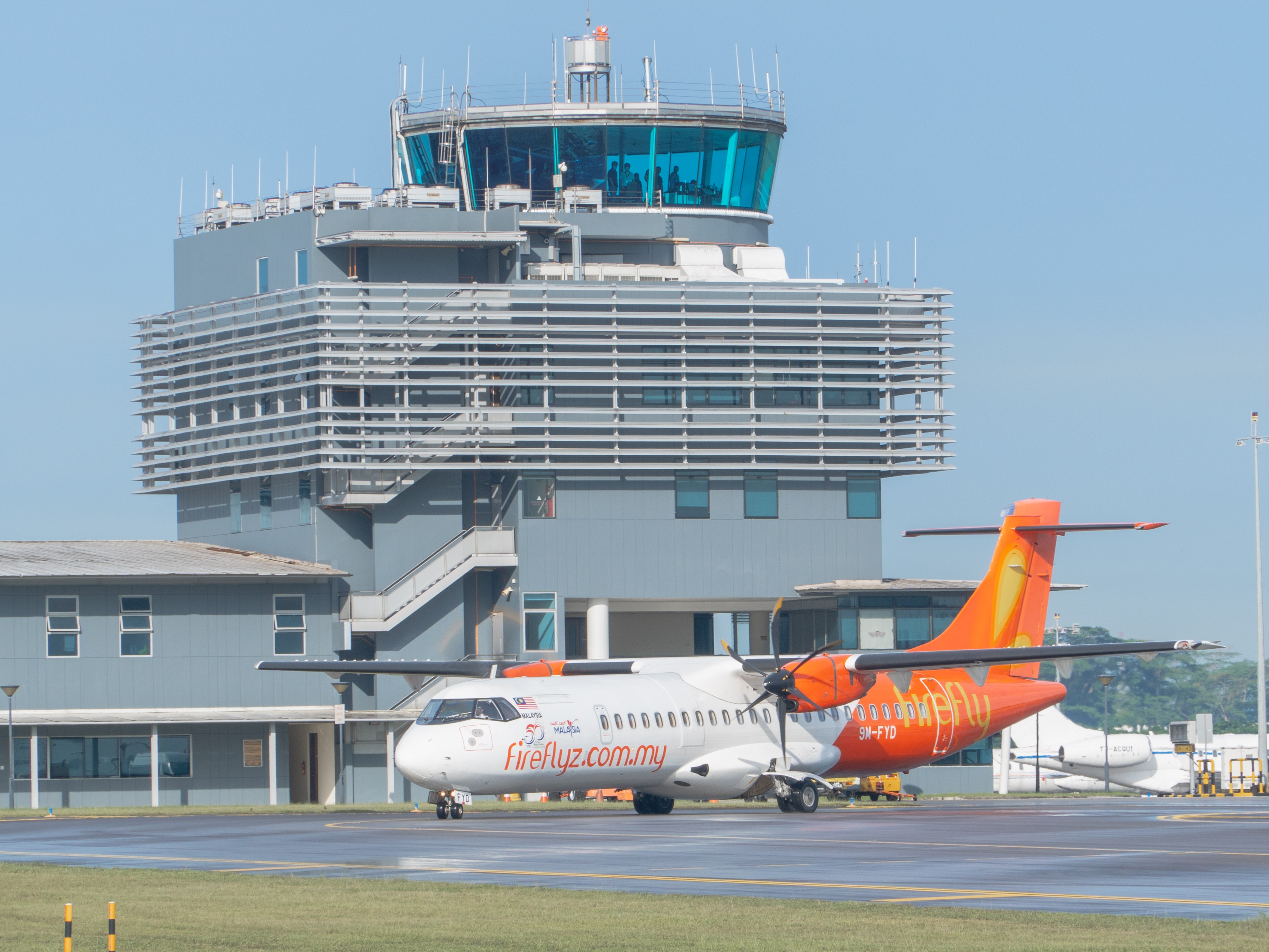


Firefly is currently the only operator of commercial flights at Seletar Airport.
Malaysian airline Firefly has six scheduled flights in and out of Seletar Airport every day. The airline connects Singapore to Subang Airport in Kuala Lumpur. Many leisure and business travellers prefer flying into Subang for its proximity to the centre of Kuala Lumpur compared to KL International Airport, and opt for these flights on ATR-72 turboprop planes.
Training flights



Trainees at Singapore Youth Flying Club need to log training hours in these Diamond DA40 aircraft.
Photo Credit: Singapore Youth Flying Club
Aspiring pilots regularly take to the skies from Seletar Airport, as part of their quest towards getting their private pilot licenses. Such training flights are offered by dedicated training centres like the Singapore Youth Flying Club, as well as private aviation service providers.
Medevac flights
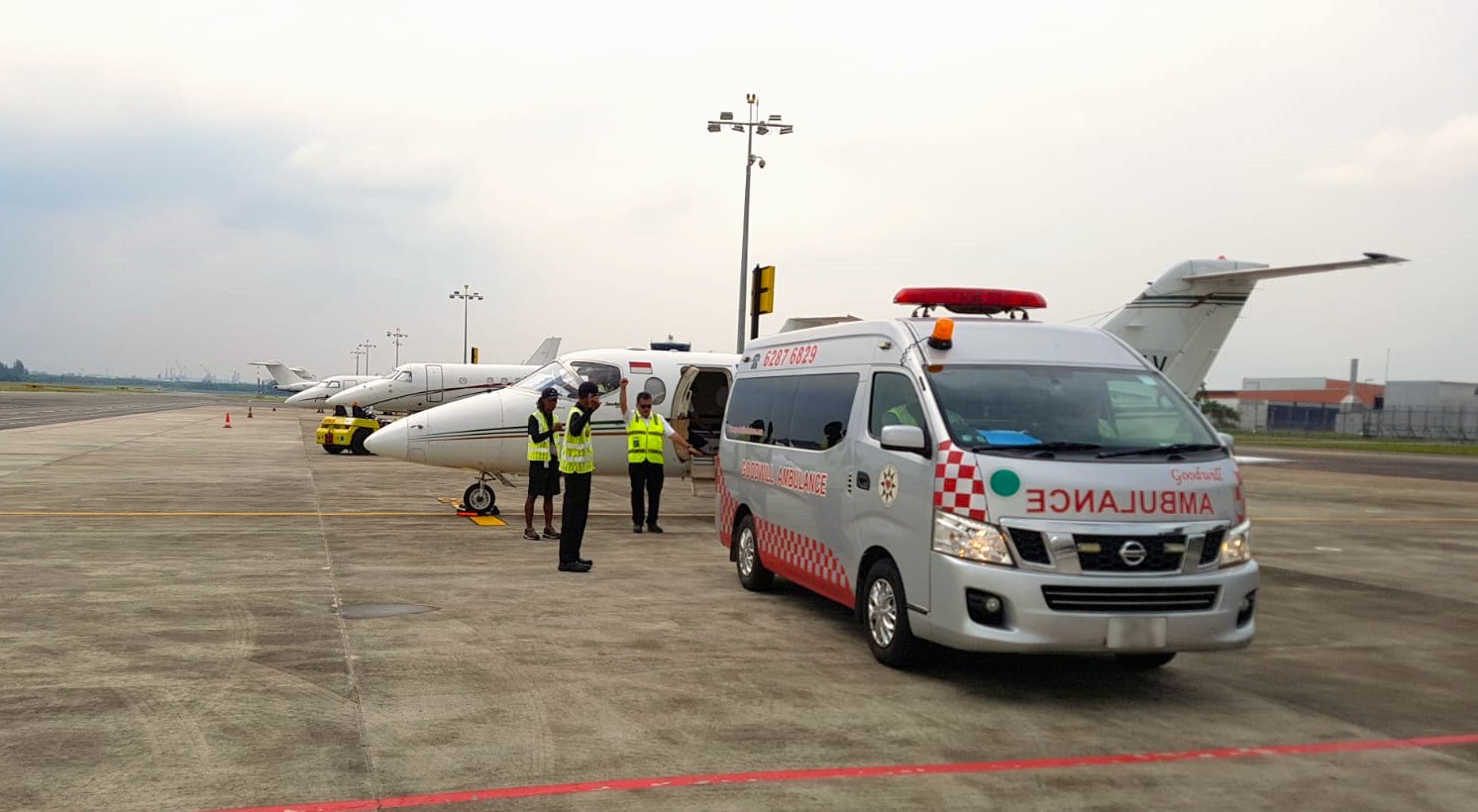


Ambulances are able to meet medevac flights directly on Seletar Airport’s tarmac.
Seletar Airport regularly facilitates medical evacuation (hence ‘medevac’) flights, where patients are flown into or out of Singapore on aircraft outfitted with the necessary medical equipment and accompanied by medical professionals. Such flights can be both non-emergency and emergency cases.
Maintenance, Repair and Overhaul (MRO) and Industrial activities
Like all vehicles and vessels, aircraft need to be serviced regularly. MRO refers to the set of processes involved in keeping aircraft in good working condition, and at Seletar Airport, about 30 aerospace businesses, including global players like Bombardier, Pratt & Whitney, and Rolls-Royce, run MRO facilities where aircraft, including narrow-body jet planes and helicopters, are serviced and maintained. This wide range of MRO services provided by Seletar Airport helps enhance Singapore’s attractiveness as an airhub, especially given the increasingly competitive global aviation market.
Other General Aviation flights
One little known fact is that other types of general aviation flights (i.e. civilian flights that do not involve air transport) operate regularly from Seletar Airport – these include recreational flights, where pilots take to the air in their own planes for leisure, and those for aerial filming.
To sum up, despite its smaller size relative to Changi, Seletar Airport is a versatile and mixed-use aviation hub, and its range of specialised facilities makes it an essential part of Singapore’s aviation landscape.
Other Articles
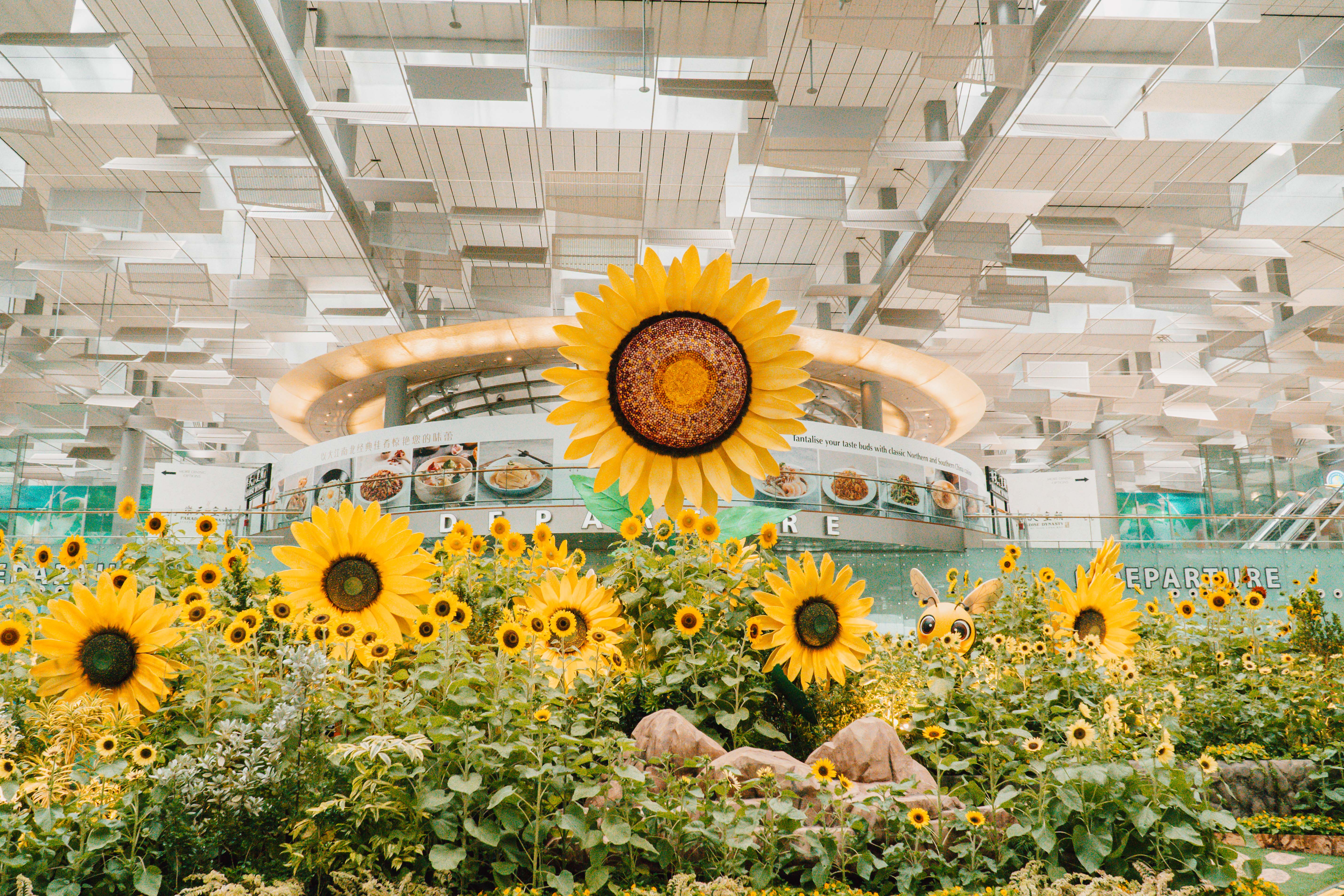
Biggest airport sunflower showcase: How Changi pulled it off
Take a behind-the-scenes look at the preparation required for the world's largest sunflower display at an airport, including growing over 10,000 sunflowers across more than 10 varieties in Changi's very own nursery.
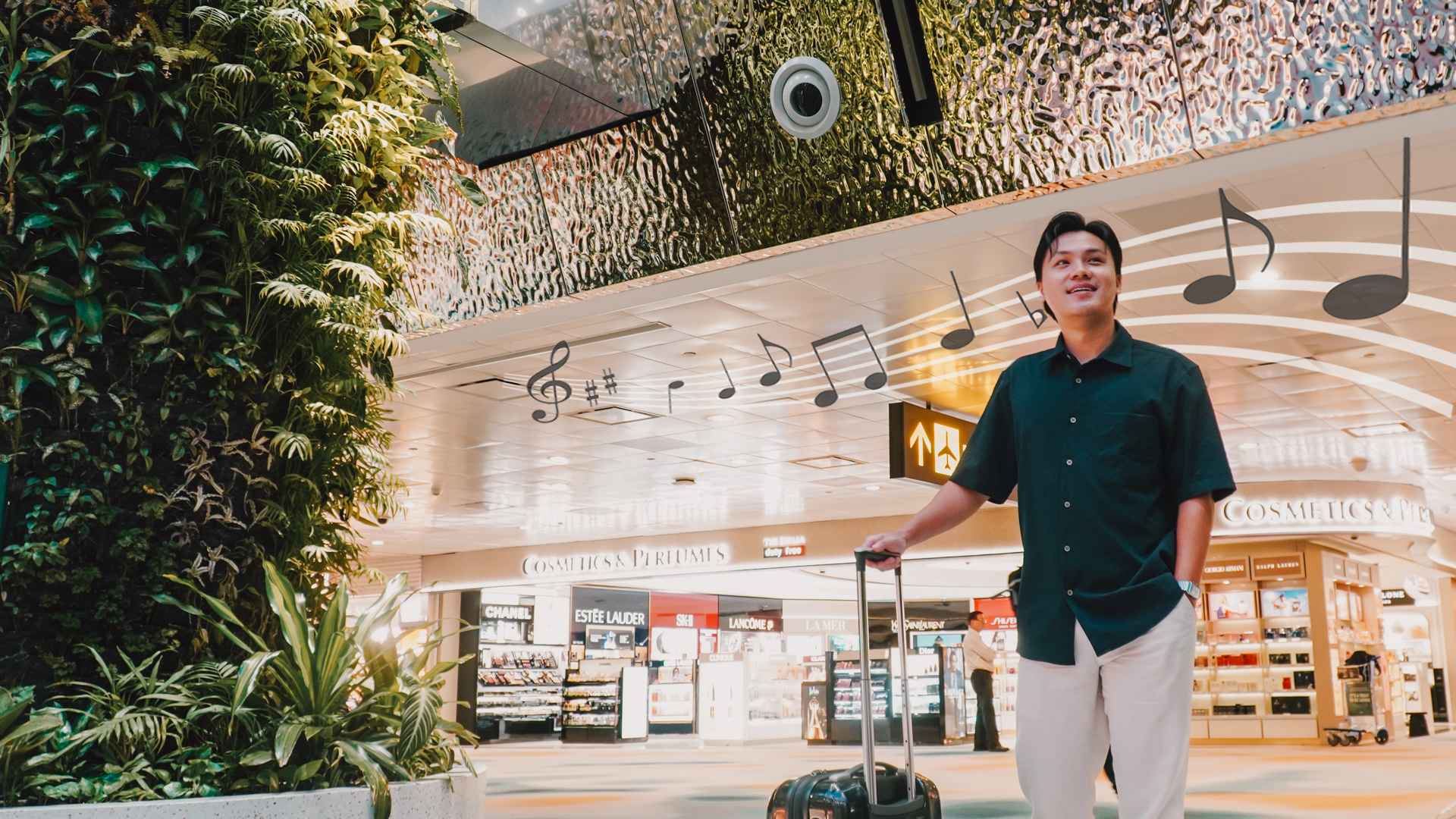
How music sets the tone for the Changi Experience
The music in Changi's terminals may not ring a bell, but did you know that this was all carefully thought out? Learn how our playlists are curated to bring the Changi Experience to travellers.

On LinkedIn@ChangiAirport
Catch a glimpse of AirAsia’s new “Love, Singapore” aircraft livery, featuring iconic Singaporean sights like the Supertree structures and adorable animal friends from the Mandai Wildlife Reserve.


